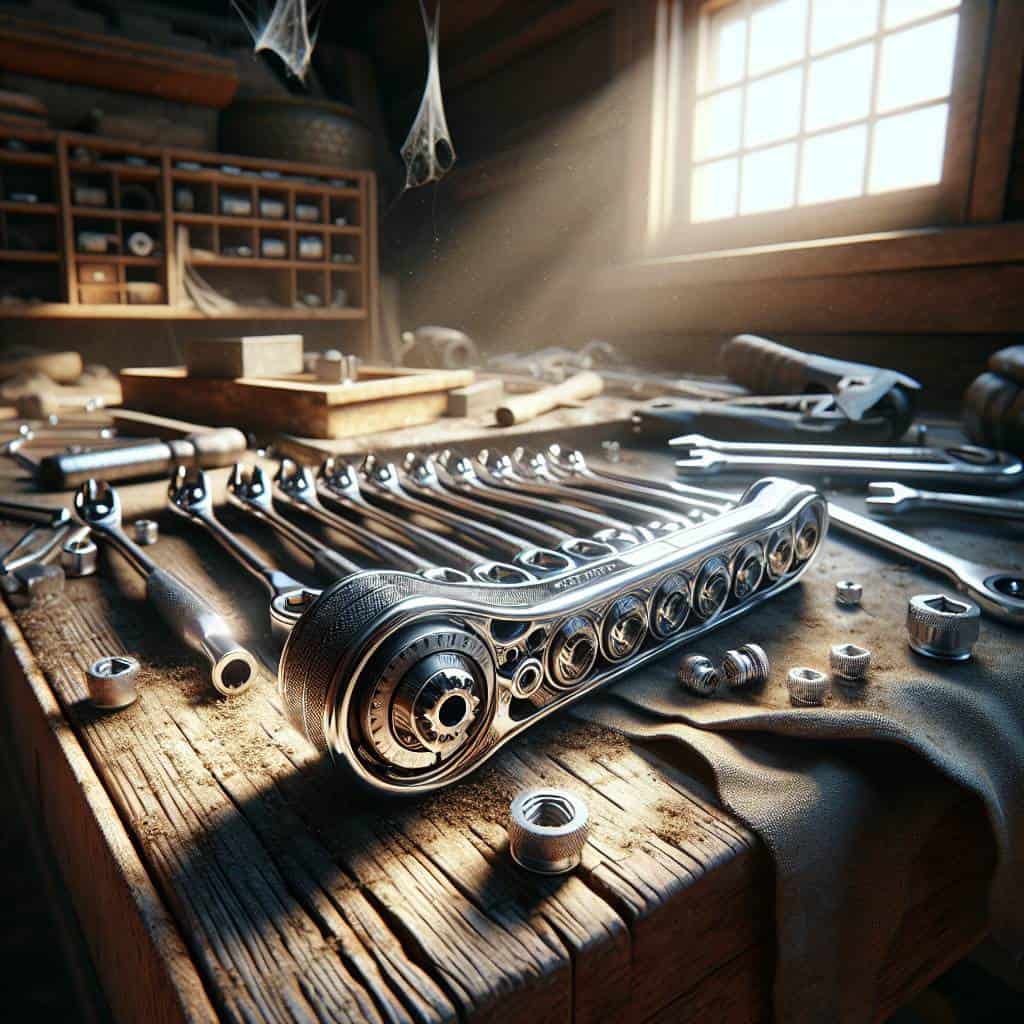I once blew a chunk of my savings on a high-end ratchet set that promised to be the holy grail of all things mechanic. Within a week, it was gathering dust in a corner like a forgotten relic. Turns out, it was about as useful as a screen door on a submarine for the kind of work I was doing. I’d been seduced by the gleam of polished chrome and the sweet whisper of perfection promised by the price tag. But when push came to shove, my trusty old hand-me-downs were the ones that got the job done. That shiny ratchet set? It just sat there, reminding me of how easily I could be conned by marketing fluff.

Now, I ain’t here to tell you expensive tools are all bad. Nope, sometimes they can be worth their weight in gold—if you know what you’re getting into. We’ll dive into the nitty-gritty of pro versus consumer grade, durability, and all that jazz. By the end of this, you’ll have a better idea of when to splurge and when to stick with the basics. So, roll up your sleeves, and let’s get into the mess of figuring out what’s really worth your hard-earned cash.
Table of Contents
The Great Pro vs Consumer Showdown: Is Durability Just a Myth?
There I was, crouched under the hood of a beat-up pickup, cursing under my breath while the rain turned my dirt driveway into a mud bath. I’d been there before—this time with a brand-spanking-new, shiny pro-grade socket wrench that cost more than my first car payment. And guess what? That socket was slipping just like the cheap one I got from the bargain bin last year. So, is durability really the golden promise of expensive tools, or just a well-spun myth?
In the pro vs. consumer-grade showdown, durability is the heavyweight contender everyone’s placing bets on. But here’s the truth, folks: a high price tag doesn’t always mean you’ve got a tool that’ll outlast your patience. Sure, pro-grade tools are often crafted from stronger materials, promising longevity and resilience. But real durability—I’m talking the kind that survives the apocalypse of a DIY garage—comes from how you wield that tool, not just the brand stamped on it. It’s like comparing a muscle car to a city hatchback. Both get the job done, but one will cost you more, both in bucks and in the ego department when it doesn’t meet expectations.
Now, don’t get me wrong. There’s a sweet satisfaction in holding a tool that feels like an extension of your own hand, one that’s got the guts to take on whatever you throw at it. But don’t let the allure of pro-grade glamor fool you into thinking durability is a given. It’s a dance of performance and long-term value, and sometimes, the underdog consumer-grade tool might just surprise you—last week’s bargain find could very well outlast that high-end gadget in a gritty showdown. So, next time you’re eyeing that fancy gear, remember: it’s not about the price tag. It’s about the stories it’ll help you tell.
The Costly Truth About Tools
Sometimes, the price tag on those high-end tools is just the entry fee to a club where durability and performance sip fancy drinks. But if your workbench is your sanctuary, they might just be worth every penny.
The Real Cost of Tools: Lessons from the Garage
So, here’s where I landed after years of wrestling with both fancy and everyday tools—it’s not about the price tag, it’s about the story each wrench tells. I’ve held pro-grade steel in my hands that promised the world but gave me nothing but busted knuckles and regret. And then there were those unassuming garage sale finds, rough around the edges, sure, but they had grit—and grit gets the job done.
In the end, it’s about what fits in your hand and your heart. The tools that become an extension of your own will, they’re the ones that prove their worth, not by how they look on a shelf, but by the scars they earn in the field. So whether you’re a pro or just a weekend warrior, remember this—it’s not the gear, it’s the grind that makes you. And that’s a lesson no shiny catalog can teach.